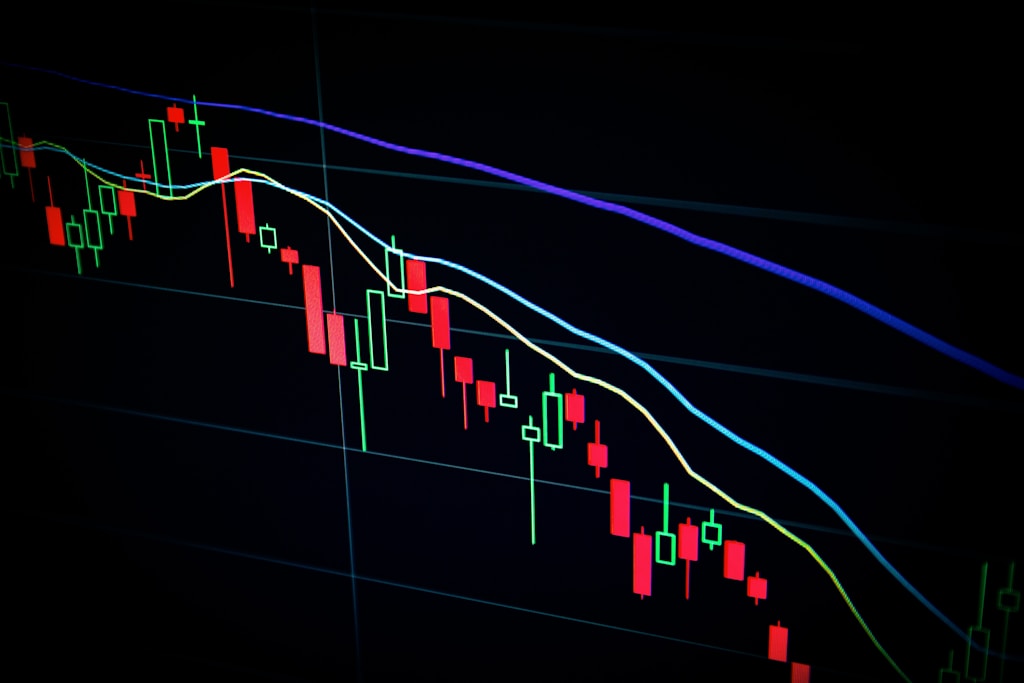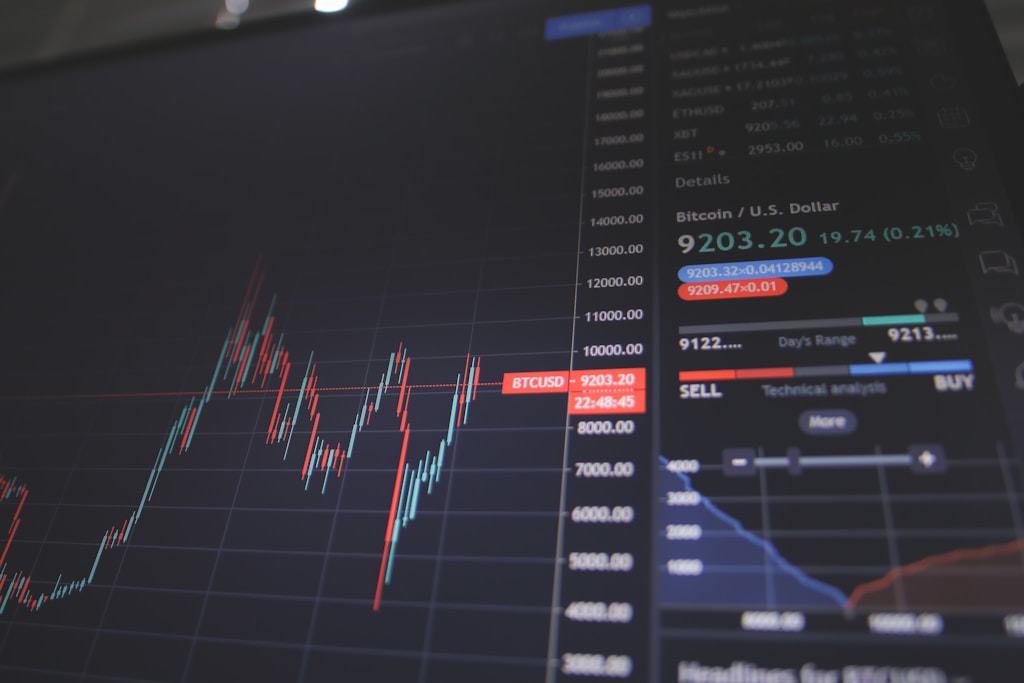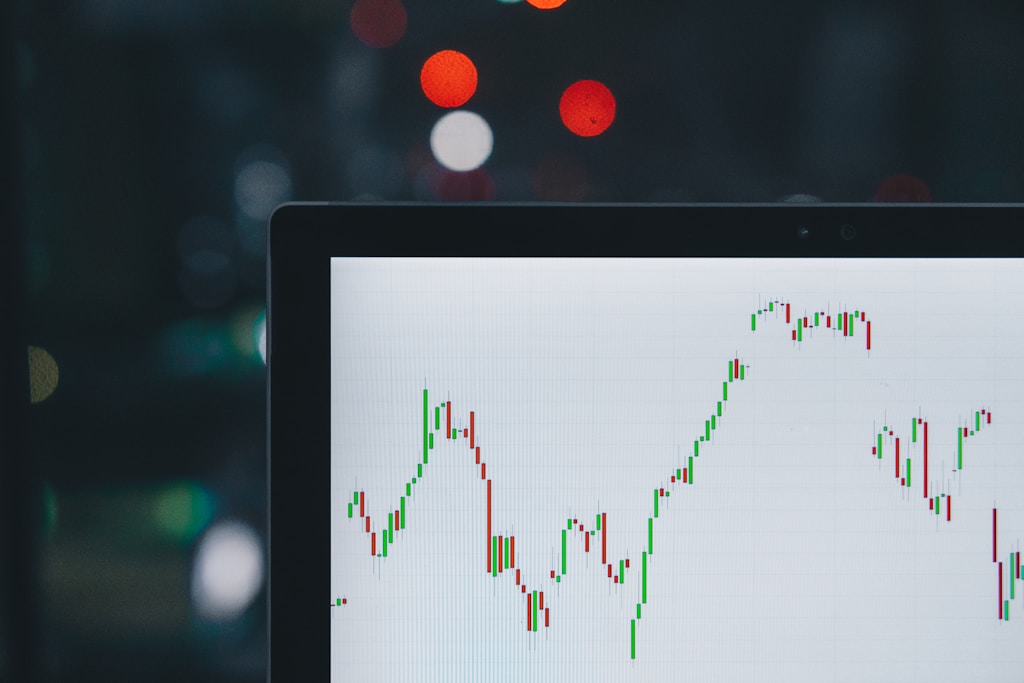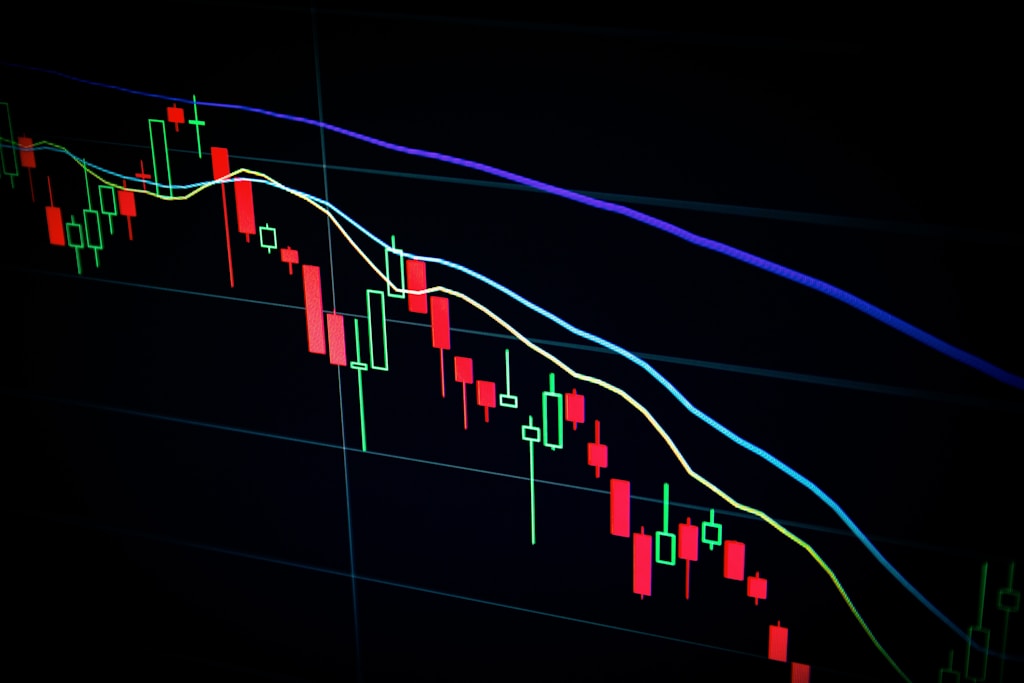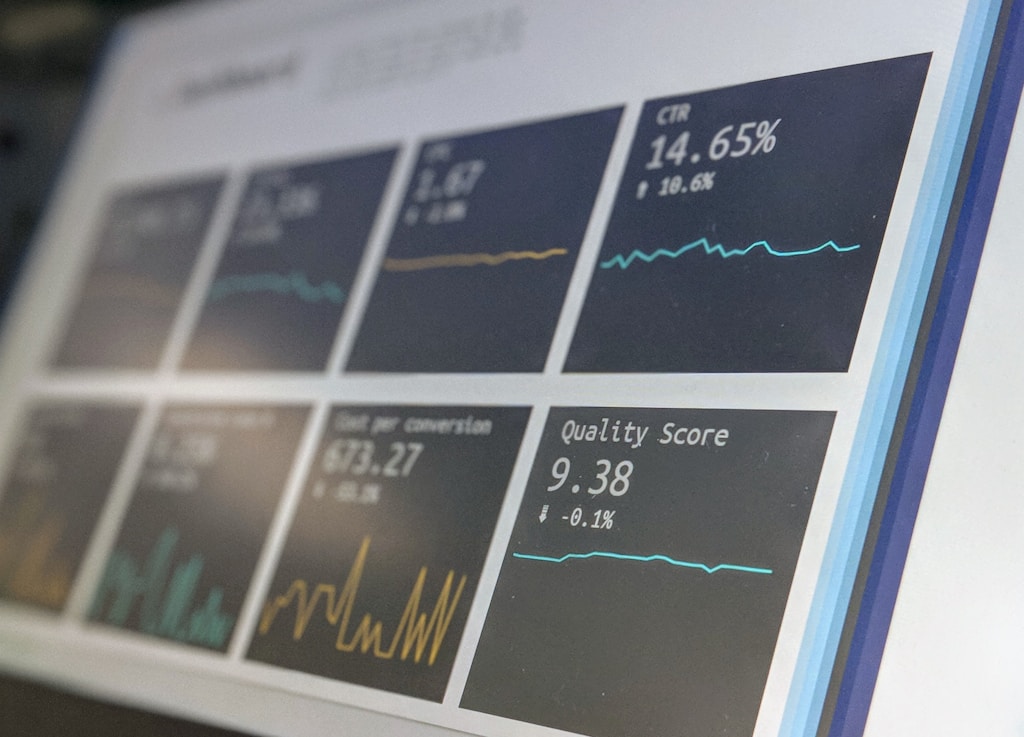Bitcoin (BTC) appears poised for a major breakout that could mirror its explosive 50% surge from 2023, but technical indicators suggest the flagship cryptocurrency first needs to overcome significant resistance levels. Recent market turbulence triggered by Trump’s global tariff announcement has added another layer of complexity to BTC’s near-term outlook.
Market Impact of Trump’s Trade Tariffs
The cryptocurrency market faced severe headwinds after former President Trump announced sweeping reciprocal trade tariffs, sparking concerns of global economic instability. The announcement sent recession risk indicators soaring, with US stock markets shedding over $2 trillion in value – exceeding Bitcoin’s entire market capitalization.
Technical Analysis: The Ichimoku Cloud Challenge
Despite the market turbulence, historical data suggests Bitcoin could be preparing for significant upside. Crypto analyst Merlijn The Trader identified striking similarities between current market conditions and the 2023 setup that preceded a 50% price surge. However, the Ichimoku Cloud presents formidable resistance around $88,000.
Key Price Levels and Market Structure
Bitcoin currently trades within a symmetrical triangle pattern, with the Ichimoku Cloud acting as a critical resistance barrier. For the uninitiated, this technical indicator combines multiple data points to identify support, resistance, trend direction, and momentum.
On-Chain Metrics and Holder Behavior
Recent data shows divergent behavior between different holder cohorts:
- Short-term holders sold 18,930 BTC following the tariff announcement
- Long-term investors continue accumulating at current levels
- Network Value to Transactions ratio suggests continued price pressure
FAQ Section
What is the Ichimoku Cloud?
The Ichimoku Cloud is a comprehensive technical indicator that helps traders identify support, resistance, trend direction, and momentum using multiple data points plotted on a chart.
Why are Trump’s tariffs affecting Bitcoin?
Global trade tensions can impact risk assets like Bitcoin through increased market uncertainty and potential shifts in investment capital seeking safe havens.
What price levels should traders watch?
Key levels include the $88,000 resistance zone and critical support at $80,000. A break below support could trigger further downside.
At press time, Bitcoin trades at $82,356, down 5.2% over 24 hours. While the asset maintains its broader bullish structure, traders should closely monitor the $80,000 support level for potential breakdown signals.

